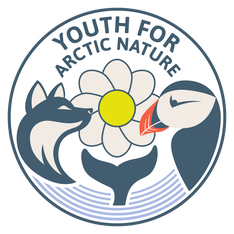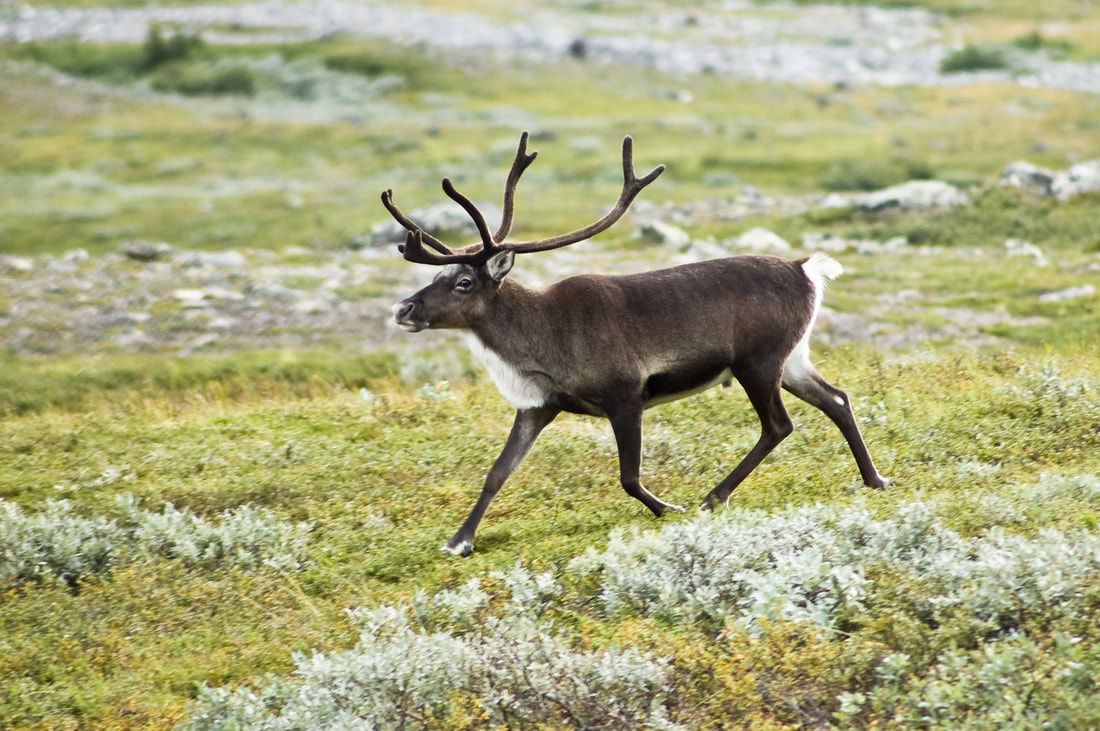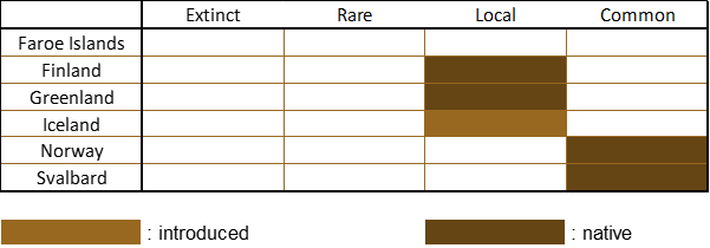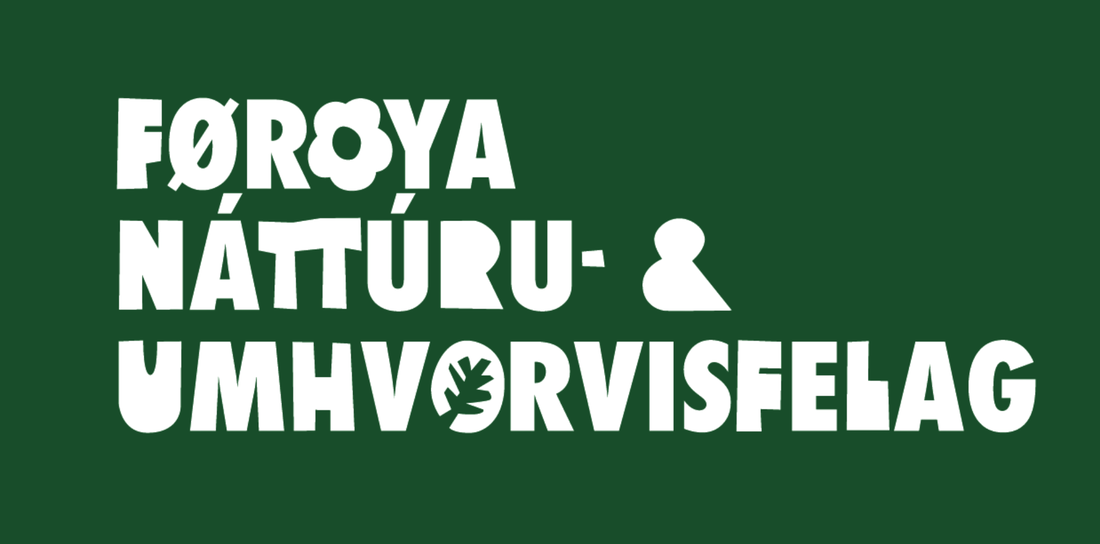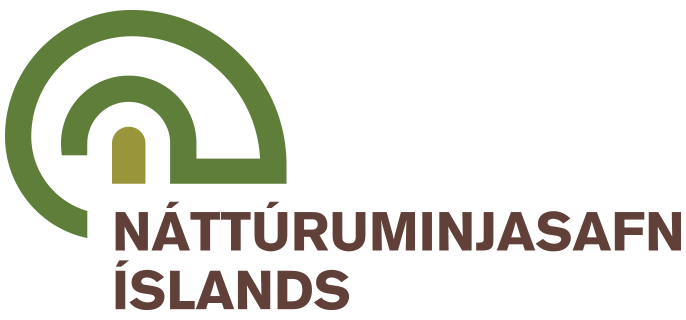|
Vulnerability: vulnerable Invasive: no Identification: easy Monitoring: medium |
|
What is it? The Reindeer is a large, gregarious animal that belongs to the deer family. It has antlers that can grow to an impressive size (up to about 130 cm long), a stocky body, long legs for moving in the snow and a thick winter coat. Unlike other deer, both males and females can grow antlers annually. The proportion of females that have antlers varies and males generally have larger ones. Depending on the subspecies, the reindeer has different skeletal and skull dimensions, antler architecture, coloring and behavior. |
|
Where is it? The Reindeer is circumpolar, meaning it is native to arctic regions all around the arctic, in Europe, Asia, and North America. In some areas, such as Lapland, the reindeer are semi-domesticated and not wild. They were introduced to Iceland in the 1770s and 1780s, but they are now only present in the eastern part of the country.
|
|
Interesting facts |
- In North America, the Reindeer is called "Caribou".
- Reindeer usually live in herds ranging from 10 to a few hundred, but in spring they can form super-herds of up to 500,000 individuals!
- The reindeer is the only deer species for which both sexes grow antlers.
Pictures
- Cover photo: "Svalbard Reindeer (Rangifer tarandus platyrhynchus) calf" by Allan Hopkins is licensed under CC BY-NC-ND 2.0
- Presentation photo: "File:20070818-0001-strolling reindeer.jpg" by Alexandre Buisse (Nattfodd) is licensed under CC BY-SA 3.0
References
- Gunn, A. 2016. Rangifer tarandus. The IUCN Red List of Threatened Species 2016: e.T29742A22167140. https://dx.doi.org/10.2305/IUCN.UK.2016-1.RLTS.T29742A22167140.en. Downloaded on 24 September 2021.
- Canadian wildlife federation: https://www.hww.ca/fr/faune/mammiferes/le-caribou.html
- Norvegian polar insitute: https://www.npolar.no/en/species/svalbard-reindeer/
- San Diego Zoo Wildlife Alliancehttps://animals.sandiegozoo.org/animals/reindeer-caribou
- Iceland Magazine: The story of the wild reindeer herds in the Eastfjords. https://icelandmag.is/article/story-wild-reindeer-herds-eastfjords
